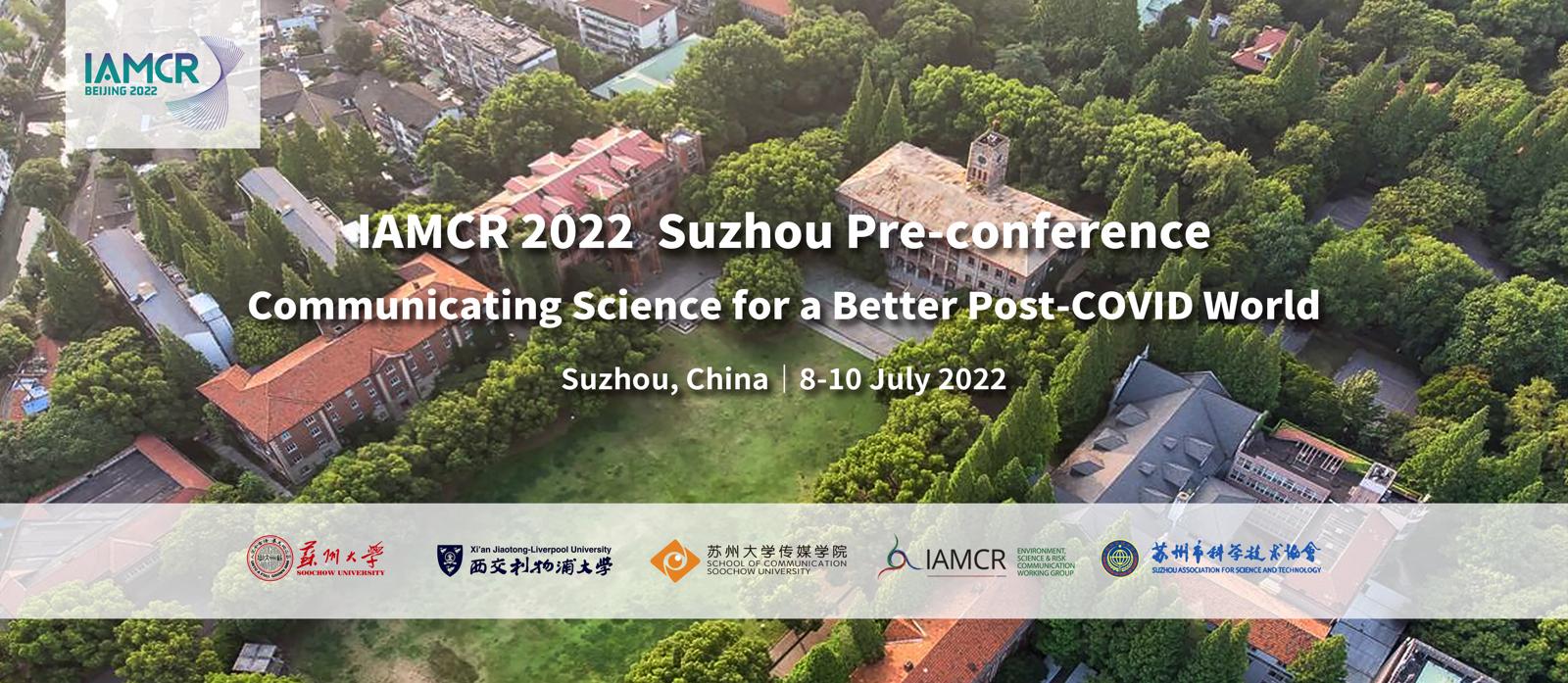Social network sites (SNSs) have grown tremendously in the past decade and have become an inextricable part of people's daily lives. Given the transformed patterns of communication, millennials benefit from the chance to be seen and heard by a wide range of individuals. Selfie-posting appears to be a popular and successful means of self-expression and impression management in computer-mediated communication (CMC) settings. Past research has shown that individuals with various personalities are prone to posting selfies and more agreeable users would receive positive feedback on profile photos on SNSs. However, self-expression online is fraught with dangers. Cyberbullying (e.g., verbal abuse and false rumors generation) has become a ubiquitous occurrence on SNSs among youth. Individuals who use SNSs for self-expression (e.g., posting selfies) may attract perpetrators who criticize their photographs or postings due to the imbalanced power caused by anonymity on the Internet. Numerous studies examine the motivations of self-expression and cyberbullying on SNSs, but little academic research has explored the association between them in the CMC context. Predictors of cyberbullying among adolescents on SNSs have also received less attention. Guided by the attribution theory of SNSs, the present study investigated the relationship between selfie-posting and cyberbullying, and other potential predictors of cyberbullying among teens on SNSs. Although previous studies have also found that interpersonal attribution has mediating effect in online self-disclosure studies, no research has considered the mediator role of interpersonal attribution in cyberbullying studies. The gaps were filled by the current study. Data was collected from the Pew Research Center's 2018 Youth and Technology Survey (N = 743). Multiple logistic regressions were calculated. The overall model was significant (χ2(5) = 58.59, p < .001). The results indicated that posting selfies frequently on SNSs is positively related to experiencing cyberbullying (B = .41, p < .001). Getting together with friends frequently online is positively related to experiencing cyberbullying (B = .44, p < .001). However, the number of close friends is a negative and significant predictor of experiencing cyberbullying on SNSs. Teens who have six to ten close friends would experience significantly less cyberbullying on SNSs (B = -1.65, p = .006). To better understand the role of interpersonal attribution, mediation analysis was performed using PROCESS macro (Model 4). Mediation was tested by calculating 5,000 bootstrapped simulations, a bootstrapped 95 percent confidence interval, and an analysis of indirect effects. The results suggested that frequently getting together with friends online mediated the association between posting selfies frequently on SNSs and experiencing cyberbullying. The indirect effect (IE) of selfie-posting on experiencing cyberbullying is statistically significant (IE = .05, 95% CI = [.02, .10]). Theoretical and practical implications of the findings are discussed.

 京公网安备 11010802039275号
京公网安备 11010802039275号